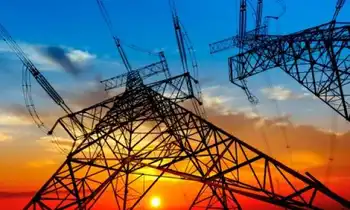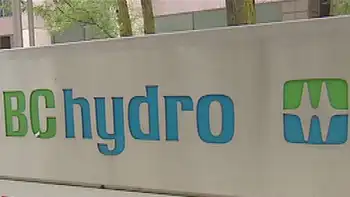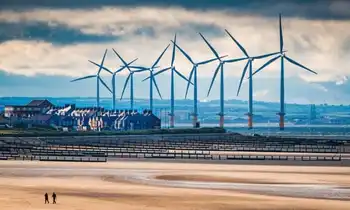NERC Issues Projection for US Electricity Supply
- There are enough power plant projects on the drawing board to satisfy the growing demand for electricity in the United States, but according to a report released Monday, a lack of new high-voltage transmission lines could make it difficult to get the power to consumers.
The North American Electric Reliability Council issued its projection for the U.S. electricity supply through 2009 and found that thus far there is enough new commercial generation capacity in the pipeline for the short term.
"Merchant plant developers have announced plans to construct more than 190,000 megawatts of new generation by 2004," NERC said in a release. "Although it is unlikely that all of this new capacity will be constructed, if even half of that capacity makes it to completion, capacity margins will be adequate."
NERC, which oversees the 10 regional reliability councils that oversee the transmission of wholesale electricity around the country, said that the prospects for the second half of the decade appeared to hold no major obstacles, although the situation could change with factors such as fuel costs, environmental regulations and the political climate.
"Although North America's electric systems are expected to have satisfactory capacity margins, there may be isolated areas where problems may occur, depending upon weather, generating unit availability, demand growth, and the ability of the transmission systems to move electricity from generating sources to demand centers," NERC said.
As the wholesale power industry continues to deregulate -- as the healthy economy gobbles up increasing amounts of electricity -- there are concerns among regulators, lawmakers and utility companies that the power grid could be overwhelmed and not be able to produce enough power to consumers.
NERC concluded that while there were enough power plants slated for construction, transmitting the additional voltage across vast distances might grow more difficult as power-line construction lags.
"Very few transmission facilities are expected to be added during the next decade," NERC said. "This means that transmission congestion and limitations will increase."
The report projected that another 8,445 miles of heavy-duty 230-kilovolt transmission lines would be built in the coming 10 years, which sounds impressive enough, however it only increases the national grid by 4.2 percent.
Deregulation and increasing demand will require that technicians at the reliability councils keep a close eye on the system to make sure that a drop in power in one area does not create a ripple effect that would be felt over a larger area.
Related News

Heatwave Sparks Unprecedented Electricity Demand Across Eastern U.S
TEXAS - As temperatures soar to unprecedented highs across the Eastern United States, a blistering heatwave has triggered record-breaking electricity demand. This article delves into the causes behind the surge in energy consumption, its impact on the power grid, and measures taken to manage the strain during this extraordinary weather event.
Intensifying Heatwave Conditions
The Eastern U.S. is currently experiencing one of its hottest summers on record, with temperatures climbing well above seasonal norms. This prolonged heatwave has prompted millions of residents to rely heavily on air conditioning and cooling systems to escape the sweltering heat, driving up electricity usage…




